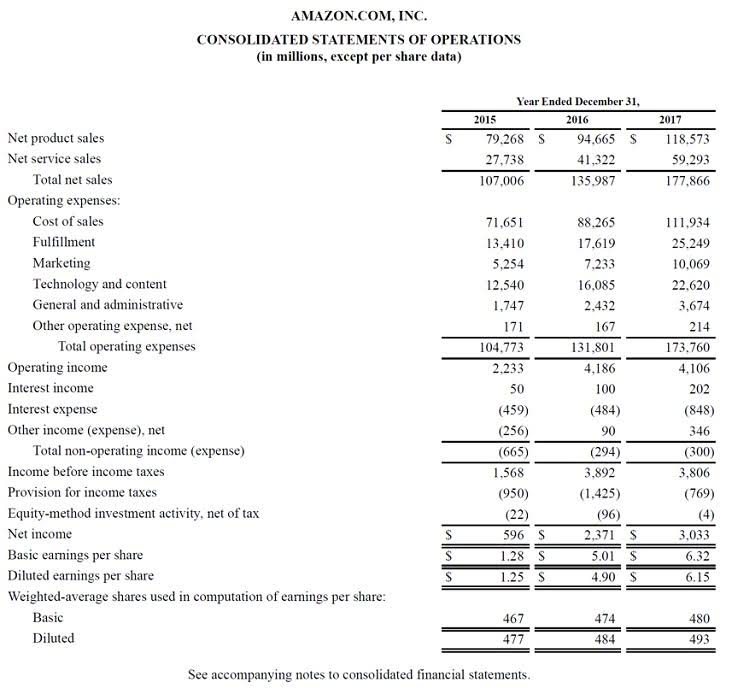
These costs Budgeting for Nonprofits typically include indirect materials, indirect labor, utilities, rent, and depreciation—expenses necessary for production but not directly tied to any specific product. The accuracy of these estimates is paramount as they directly influence the reliability of the overhead rate. Managers often rely on historical data, adjusted for expected changes in the business environment, to forecast these costs. For instance, if a company anticipates a 10% increase in utility rates, this should be factored into the overhead cost estimates for the new period. A predetermined overhead rate is an estimated charge per unit of activity that is used to assign overhead costs to products or job orders.
Answered: Why must a company use predetermined… bartleby
- Nevertheless, many managers prefer to use a predetermined overhead rate because of advantages in the way of consistency.
- Larger organizations employ different allocation bases for determining the predetermined overhead rate in each production department.
- Manufacturers and service organizations often use job order costing to track direct labor costs.
- Monitoring a well-defined rate provides a quick signal that lets you know when it’s time to review spending and, in doing so, will help you protect your profit margins.
- By analyzing the overhead applied to similar jobs, management can identify patterns or anomalies in overhead consumption, which can lead to process improvements or cost-saving measures.
Overhead expenses are items that are required to sell products and run the company in general. The cost predetermined overhead rate of these items is not dependent upon the total number of units produced by the company. In other words, a company’s rent will not change if they produce 1000 units in a reporting period or if they don’t produce any units. As you have learned, the overhead needs to be allocated to the manufactured product in a systematic and rational manner. This allocation process depends on the use of a cost driver, which drives the production activity’s cost.

What is the company’s predetermined overhead rate?

This rate is established before a period begins, based on projected figures, rather than actual costs incurred. It is a proactive approach, allowing businesses to streamline the cost allocation process and manage indirect expenses that are not directly traceable to a single product or service. When applying the predetermined overhead rate in job costing, the rate is multiplied by the actual amount of the allocation base incurred by the job. This calculation results in the overhead cost that is attributed to the job, which, when added to the direct materials and direct labor costs, provides the total cost of the job. This total cost is crucial for setting prices that cover costs and yield a profit margin. Moreover, it aids in evaluating the profitability of individual jobs, which can inform strategic decisions such as which types of jobs to pursue or avoid in the future.
- When this journal entry is recorded, we also record overhead applied on the appropriate job cost sheet, just as we did with direct materials and direct labor.
- The concept of predetermined overhead rate is very important because it is used most of the enterprises as it enables them to estimate the approximate total cost of each job.
- Other examples of actual manufacturing overhead costs include factory utilities, machine maintenance, and factory supervisor salaries.
- A credit balance indicates predetermined overhead was over-applied and a debit balance indicates predetermined overhead was under-applied.
- In other words, a company’s rent will not change if they produce 1000 units in a reporting period or if they don’t produce any units.
Adjusting Overhead Rates

Once the allocation base is selected, a predetermined overhead rate can be established. The predetermined overhead rate8 is calculated prior to the year in which it is used in allocating manufacturing overhead costs to jobs. The activity used to allocate manufacturing overhead costs to jobs is called an allocation base7 . Selecting an appropriate allocation base is a critical step in the calculation process. The allocation base is a measure of activity such as direct labor hours, machine hours, or units produced that is used to assign overhead costs to products or services.

Savings on utilities, operational costs and sourcing raw materials, all factor into the equation. Knowing the per-unit cost through a predetermined overhead rate also puts a hard number on paper for investors, lenders and accountants, who are looking to numbers for credibility and forecasting procedures. It can help scale a business, by accounting for new employee costs through visible return on each worker’s production capabilities. If the volume of goods produced varies from month to month, the actual rate varies from month to month, even though the total cost is constant from month to month. The allocation of overhead to the cost of the product is Certified Public Accountant also recognized in a systematic and rational manner.
- The management concern about how to find a predetermined overhead rate for costing.
- This calculated rate will then be used throughout the accounting period to apply overhead costs to products or services.
- The rate is configured by dividing the assumed overhead amount for a particular period by a certain activity base.
- This comparative analysis is an integral part of maintaining competitive pricing and operational efficiency.
- They serve as a financial blueprint, guiding managerial decisions and resource allocation.
0
